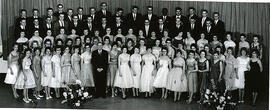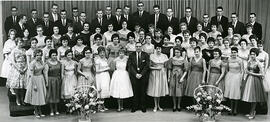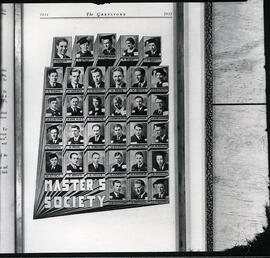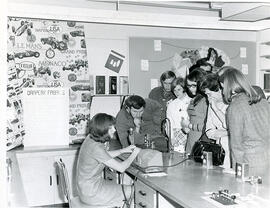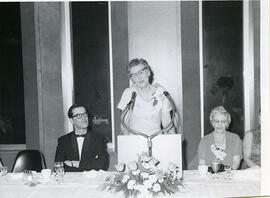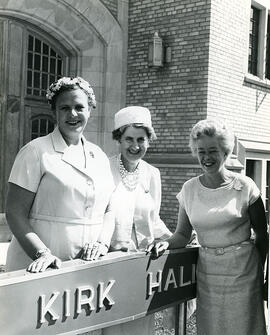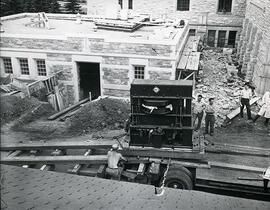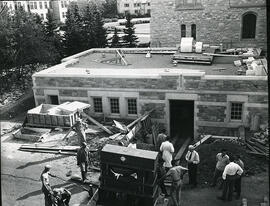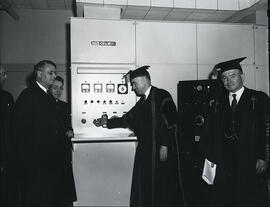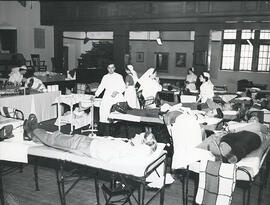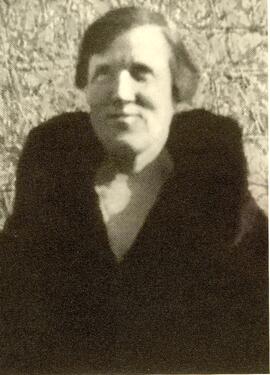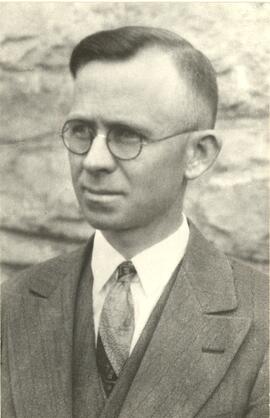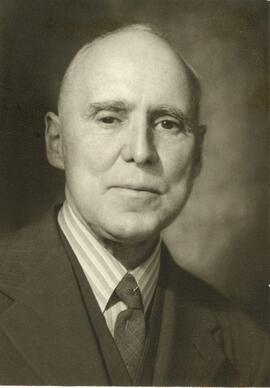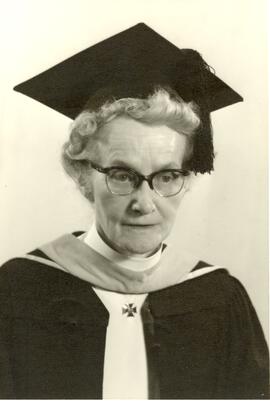Narrow your results by:
- Todos
- University of Saskatchewan Photograph Collection, 8878 resultados
- John G. Diefenbaker fonds, 7999 resultados
- Biggar Photograph Collection, 3220 resultados
- Educational Media Access and Production (EMAP) fonds, 2750 resultados
- Saskatoon StarPhoenix fonds, 2205 resultados
- Seager Wheeler and Family fonds, 1188 resultados
- Wanuskewin Heritage Park fonds PLS DO NOT PUBLISH, 1183 resultados
- Graphic Arts Printing fonds, 1106 resultados
- Rosetown General Photograph Collection, 1064 resultados
- Humboldt General Photograph Collection, 582 resultados
- Todos
- University of Saskatchewan, University Archives & Special Collections, 20971 resultados
- Biggar Museum & Credit Union Gallery Archives, 3220 resultados
- City of Saskatoon Archives, 2205 resultados
- Archives of the Humboldt & District Museum & Gallery, 1688 resultados
- Rosetown Centennial Library Archives, 1519 resultados
- Indian Head Museum, 1442 resultados
- Seager Wheeler Farm, 1188 resultados
- Wanuskewin Heritage Park, 1183 resultados
- Moose Jaw Public Library, Archives Department, 826 resultados
- Prince Albert Historical Society - Bill Smiley Archives, 719 resultados
- Todos
- Rice, Lewis, 250 resultados
- F11 Photographic Design, 243 resultados
- Saskatchewan Anti-Tuberculosis League, 120 resultados
- Randall Photo Shop (Biggar), 75 resultados
- Dommasch, Hans Siegfried, 71 resultados
- Kunkel Collection, 58 resultados
- Indian Head Rockets (Baseball), 55 resultados
- Dommasch, Hans S., 41 resultados
- Glenn Lynn Circle, 38 resultados
- Kessel, Albert (Jessop Studio), 32 resultados
- Todos
- University of Saskatchewan - Administration Building√, 320 resultados
- University of Saskatchewan - Thorvaldson Building√, 284 resultados
- Rice, Lewis, 238 resultados
- Jackson, Howard, 220 resultados
- Saskatchewan Anti-Tuberculosis League, 192 resultados
- University of Saskatchewan - Arts Building√, 180 resultados
- University of Saskatchewan - Engineering Buildings (1912 + 1925)√, 153 resultados
- Canadian National Railway (CNR), 143 resultados
- University of Saskatchewan - Murray Memorial Library√, 138 resultados
- University of Saskatchewan - Geology Building√, 135 resultados
- Todos
- Biggar (Sask.), 2269 resultados
- Rosetown (Sask.), 1377 resultados
- Indian Head (Sask.), 1094 resultados
- Prince Albert (Sask.), 729 resultados
- Regina (Sask.), 473 resultados
- Moose Jaw (Sask.), 470 resultados
- Prince Albert (N.W.T.), 324 resultados
- Yorkton (Sask.), 222 resultados
- Fort Qu'Appelle (Sask.), 175 resultados
- Saskatoon (Sask.), 169 resultados
- Todos
- Individuals, 407 resultados
- Children√, 376 resultados
- Students√, 320 resultados
- Group Photo Use Genre access point "Group photo", 284 resultados
- Schools√, 251 resultados
- Businesses√, 248 resultados
- Parades√, 209 resultados
- Town Views, 199 resultados
- Tuberculosis√, 197 resultados
- Horses√, 192 resultados

